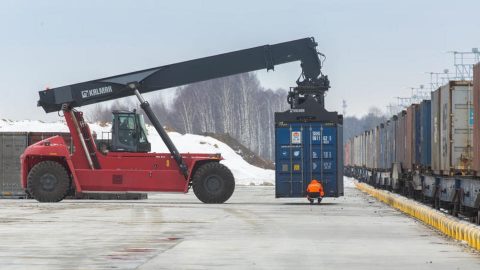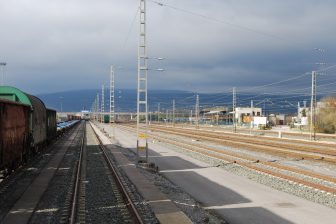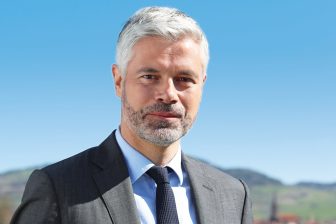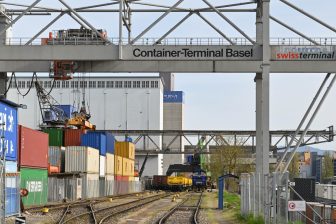
Russia want to double capacity on Moscow-Mumbai corridor
Source: Russian Railways Russian Railways
Russia wants to increase the capacity of the International North South Transport Corridor (INSTC). The throughput capacity of all branches of the corridor between Russia and India is, at full potential, 14 million tonnes per year. The Russian government wants to increase this to 32 million tonnes per year.
Do you want to read the full article?
Thank you for visiting RailFreight.com. Become a member of RailFreight Premium and get full access to all our premium content.
Are you already a member?
Having problems logging in? Call +31(0)10 280 1000 or send an email to customerdesk@promedia.nl.





